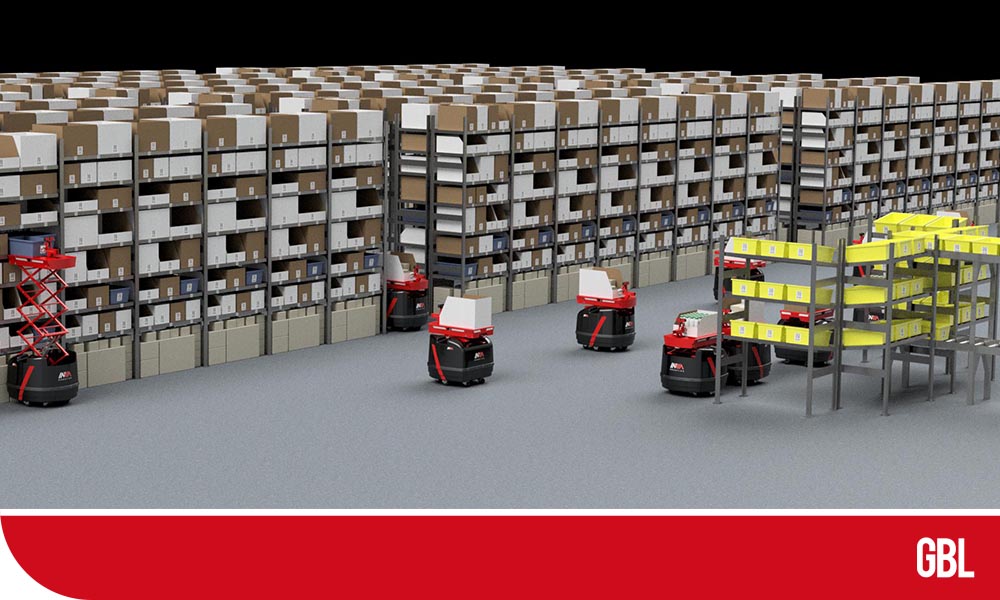Points at Glance
- New robots that can understand what their human co-workers are doing and could boost productivity are being introduced.
- As per the data of the International Federation of Robotics, sales of workplace robots are gradually increasing to increase productivity due to the recent pandemic.
According to the International Federation of Robotics data, sales of workplace robots have been gradually increasing after the slowdown in productivity due to the recent pandemic. Collaborative robots are the ones that work without direct assistance in the same physical space as humans.
Sales of these collaborative robots grew by 6% worldwide in 2020, with 0.5% of other industrial robots over the same duration, comparatively.
Last week, Amazon disclosed a new mobile robot that has its fundamental ability to sense humans. This new mobile robot is known as Proteus. The other robots in Amazon work in separate physical spaces from humans that can move the shelves stacked with goods to reach human workers.
Proteus, a new mobile robot, can navigate through areas where humans work. It can detect humans or any other obstacles and can stop at that point by using sensors. Brad Porter, CEO of Collaborative Robots, says, “Recent announcement of Amazon indicates that they are investing in greater collaboration.”
Robust AI hopes to develop robots that can see what human workers are up to and help them out. Brooks says that it reduces repetitive human labor and helps in utilizing workers’ time on new responsibilities.
Brooks states, “We are not trying to replace people. We want to make robots work for people rather than the other way around.” The latest robot already makes a great demo but will have to assist more companies leap in automation to succeed.
Veo Robotics, a company, has developed software that makes even giant, powerful robots safe to work around. Clara Vu, a co-founder, and CTO of Veo-Robotics says, “the opportunities for human-robot teamwork are increasing because the technology needed to sense, map, and move through human workplaces is becoming more commonplace.









